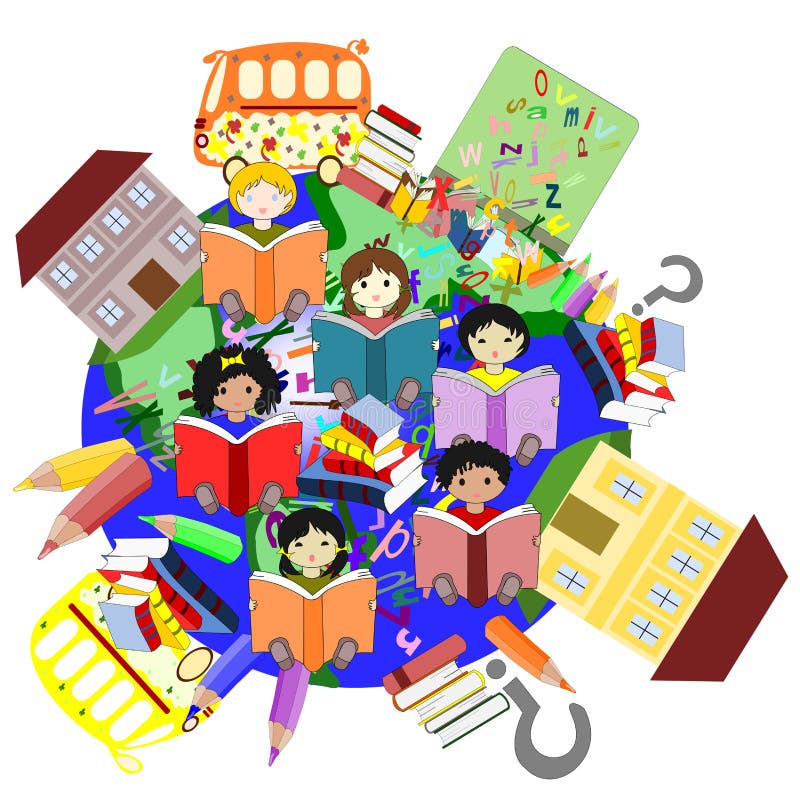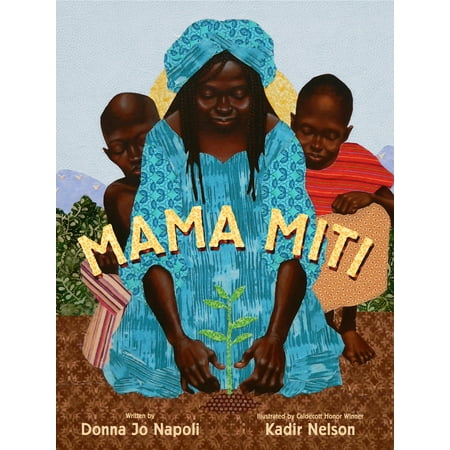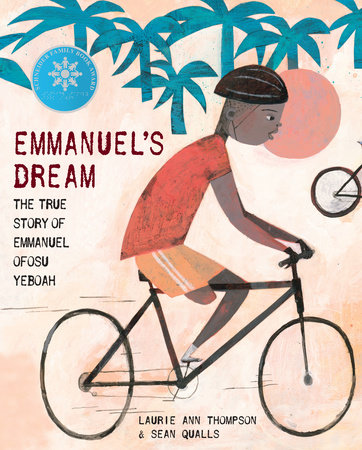Digital Resources and The Web
 |
| Image Courtesy of Family and Media |
The Deep Web
I must say, the size of the World Wide Web boggles my mind! I obviously knew it was huge, but I had no idea that a large percentage of information on the World Wide Web is not even accessible with a search engine! It turns out only a sliver of the World Wide Web is accessible through a "Google" search. This is called the “Surface Net”. The rest of the information is called the “Deep Web”, “Invisible Web” or “Hidden Web” which includes information like online banking and web-mail. Come to think of it, I’m really glad my banking information is not available from doing a Google search!!! Much of the information on the Deep Web is protected behind a paywall or requires passwords or security codes.
Online Encyclopedias
 |
| image courtesy of mainlib.ubd.edu.ph |
 |
| image courtesy of shutterstock.com |
"Wikipedia" or "Britannica" that is the question??? It turns out both Wikipedia and Britannica are both useful online encyclopedias that serve different audiences for different purposes. Wikipedia is a useful place to begin with a general search. For beginners who are searching for basic information on a topic this resource is free and easily accessible. One of the advantages of Wikipedia is that is reaches such a broad audience far and wide. Britannica is useful, on the other hand, for people who are much past a general search and looking for specific detailed information on a topic. Encyclopedia Britannica is written by authors who are qualified "experts" in their fields, some of which are "Nobel Peace" winners. Wikipedia, however is a publicly owned and managed encyclopedia which has thousands of contributors, and editors.
Dictionaries
Are print copies still necessary??? I believe that the consensuses is that in elementary schools it is still valuable to have a few print copies of dictionaries, particularly those with pictures for young students acquiring language skills . However, in middle schools and high schools, print copies of dictionaries are going the way of the dodo bird. Since the advent of the invention of google translate it is quick and easy to check spelling print dictionaries are just not practical. It is particularly amazing to witness new ESL students who cannot speak a word of English communicating with a teacher through an iPad and google translate!
There are two philosophies of dictionaries, the descriptive view and the prescriptive view. In a nutshell, the descriptive view believes that language is constantly changing and evolving and that dictionaries should reflect those changes. The prescriptive view however believes that the role of dictionaries is to set standards to prevent slang and jargon from being used or included in dictionaries.
Unabridged dictionaries attempt to include all of the words in the language that are currently in use when the dictionary is printed and could contain up to 265,00 words! Abridged dictionaries selectively choose words based on a certain them, such as easy level words for young students, or french-English translation words etc.
References
Riedling, Ann, Reference skills for the school library media specialist: Tools and tips, (Third Edition). Linworth.pp. 37-49; 61-77.
Are print copies still necessary??? I believe that the consensuses is that in elementary schools it is still valuable to have a few print copies of dictionaries, particularly those with pictures for young students acquiring language skills . However, in middle schools and high schools, print copies of dictionaries are going the way of the dodo bird. Since the advent of the invention of google translate it is quick and easy to check spelling print dictionaries are just not practical. It is particularly amazing to witness new ESL students who cannot speak a word of English communicating with a teacher through an iPad and google translate!
There are two philosophies of dictionaries, the descriptive view and the prescriptive view. In a nutshell, the descriptive view believes that language is constantly changing and evolving and that dictionaries should reflect those changes. The prescriptive view however believes that the role of dictionaries is to set standards to prevent slang and jargon from being used or included in dictionaries.
Unabridged dictionaries attempt to include all of the words in the language that are currently in use when the dictionary is printed and could contain up to 265,00 words! Abridged dictionaries selectively choose words based on a certain them, such as easy level words for young students, or french-English translation words etc.
 |
| Image courtesy of St. Paul's High School Media Center |
References
Riedling, Ann, Reference skills for the school library media specialist: Tools and tips, (Third Edition). Linworth.pp. 37-49; 61-77.




























